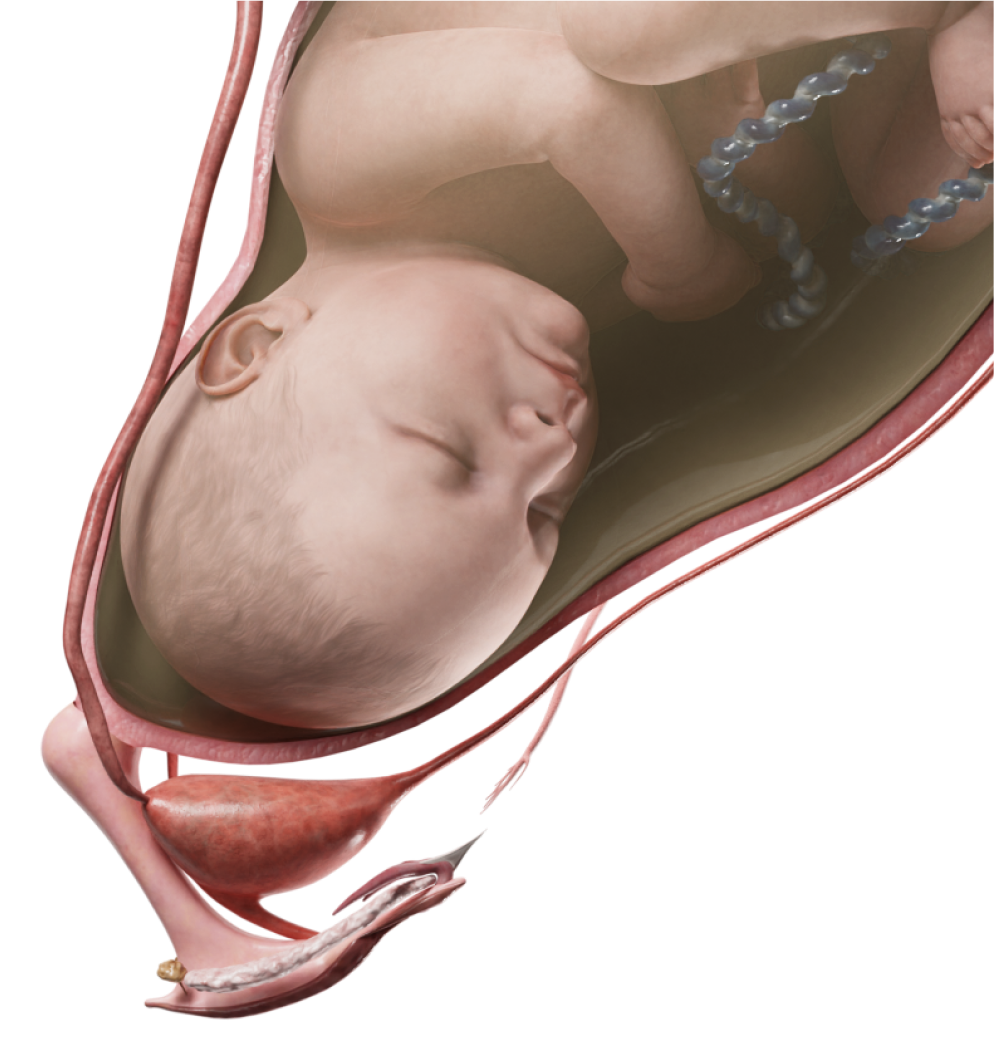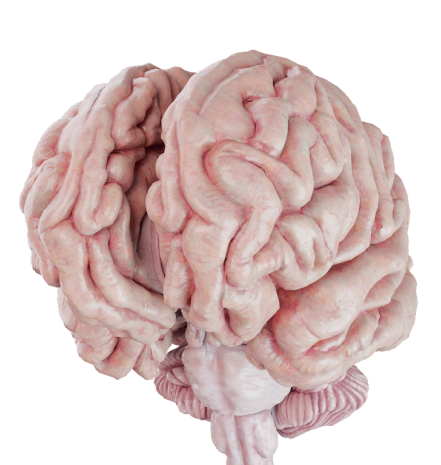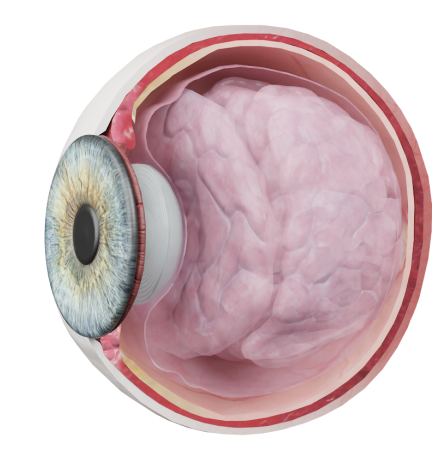Foreign bodies in pharynx
Primary care physicians encounter foreign bodies in the pharynx on a daily basis. This condition occurs when a foreign object inadvertently becomes lodged in a part of the pharynx, either embedding in or resting on the tissue surface. Patients may experience discomfort or other unpleasant sensations.
Classification
- Foreign body in palatine tonsil;
- Foreign body in lateral palatine tori;
- Foreign body in uvula.
Etiology
Foreign bodies typically end up in the pharynx when individuals eat carelessly or hastily. These objects can vary greatly, from small bones and pieces of meat to fragments of glass, small pills and plastic wrap. Unsupervised children may place small household items, toy parts, plant pieces, or buttons in their mouths and accidentally swallow them. In tropical countries, food and water may contain animate foreign bodies, such as insects or leeches.
Anatomic Pathology
Upon examination, a health-care specialist should identify any foreign bodies in the soft tissues of the pharynx that may become partially embedded in the mucosa. Foreign bodies are primarily found in the palatine tonsils. This is due to their loose structure characterized by tonsillar crypts and a prominent position within the oropharynx. If a foreign body is located in the space between the palatine tonsil and the palatoglossal or palatopharyngeal arch, the condition may be more difficult to diagnose. Foreign bodies in the uvula, palatoglossal and palatopharyngeal arches, or lateral palatine tori are rare. If not removed promptly, they may become encapsulated and dislodge on their own within a few days, which is considered a favorable outcome. If a foreign body remains within the tissues for a prolonged period, a localized inflammation accompanied by infiltration and hyperemia may develop. In rare cases, complications such as seropurulent discharge, parapharyngitis, or even more severe conditions like a parapharyngeal abscess or mediastinitis may occur. After the removal of any foreign bodies, abrasions or mild hemorrhages may be observed.
Clinical Manifestations
Patients often report pain and discomfort in the area of the pharynx where foreign bodies are located, as well as tenderness during swallowing, sore throat, and coughing. These symptoms may persist even after the foreign bodies have been removed.
Diagnosis
Diagnosis is primarily based on oropharyngoscopy results. Occasionally, a foreign body can be challenging to detect as it may be embedded in the palatine tonsil, with only its tip visible, or the object is obscured behind the palatoglossal arch. For instance, a lodged fish bone may also be semi-transparent, which complicates the diagnosis. Special attention should be given when a patient is anxious and produces an excessive amount of saliva, a phenomenon known as hypersalivation. In this case, it is recommended to reassure the patient and give them some drinking water. If a patient is not hypersensitive, the mucosa should be treated with an anesthetic (e. g., a 10 % lidocaine solution). The palatine tonsil can then be rotated outward from the palatine arches for further examination. When a foreign body cannot be detected visually, the site is palpated, and if it is radiopaque, an X-ray is indicated as needed. It is quite common for a foreign body to disappear by the time a patient is examined. However, residual symptoms such as abrasions and bruising may persist. The best strategy here is to treat the mucosa with antiseptic solutions to facilitate the healing process, accompanied by a follow-up.
Treatment
A foreign body should be removed, typically with tweezers or forceps (including the mosquito type). The removal is generally conducted when a patient is in a fasted state. The implantation site is treated with an anesthetic, such as a 10 % lidocaine solution, beforehand. Abrasions and hemorrhages should be treated locally with anti-inflammatory drugs and managed with a soft diet.










